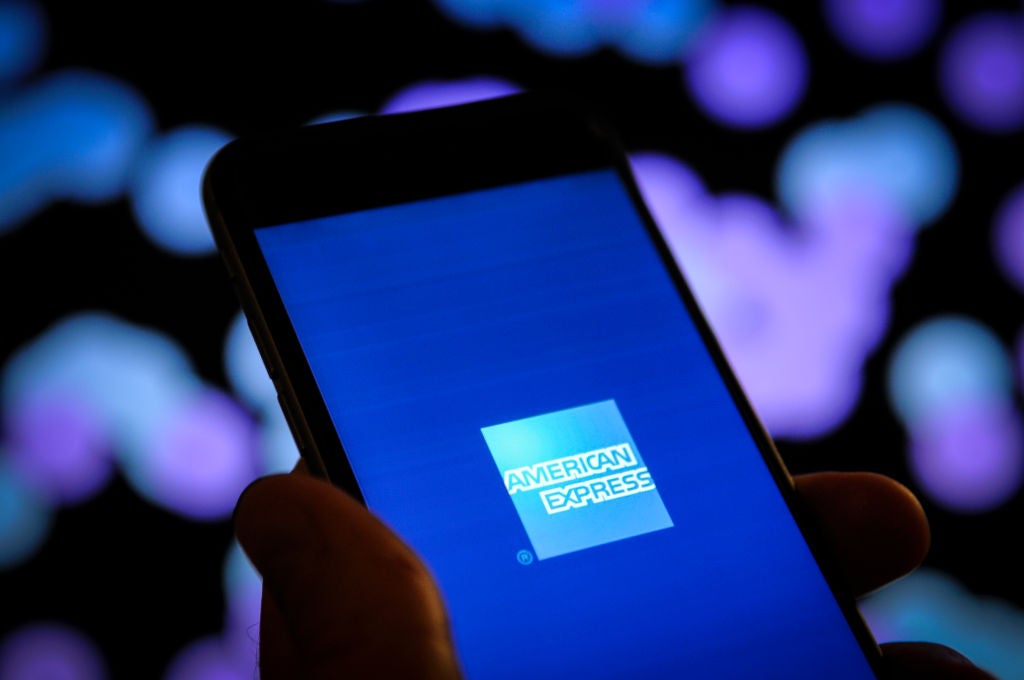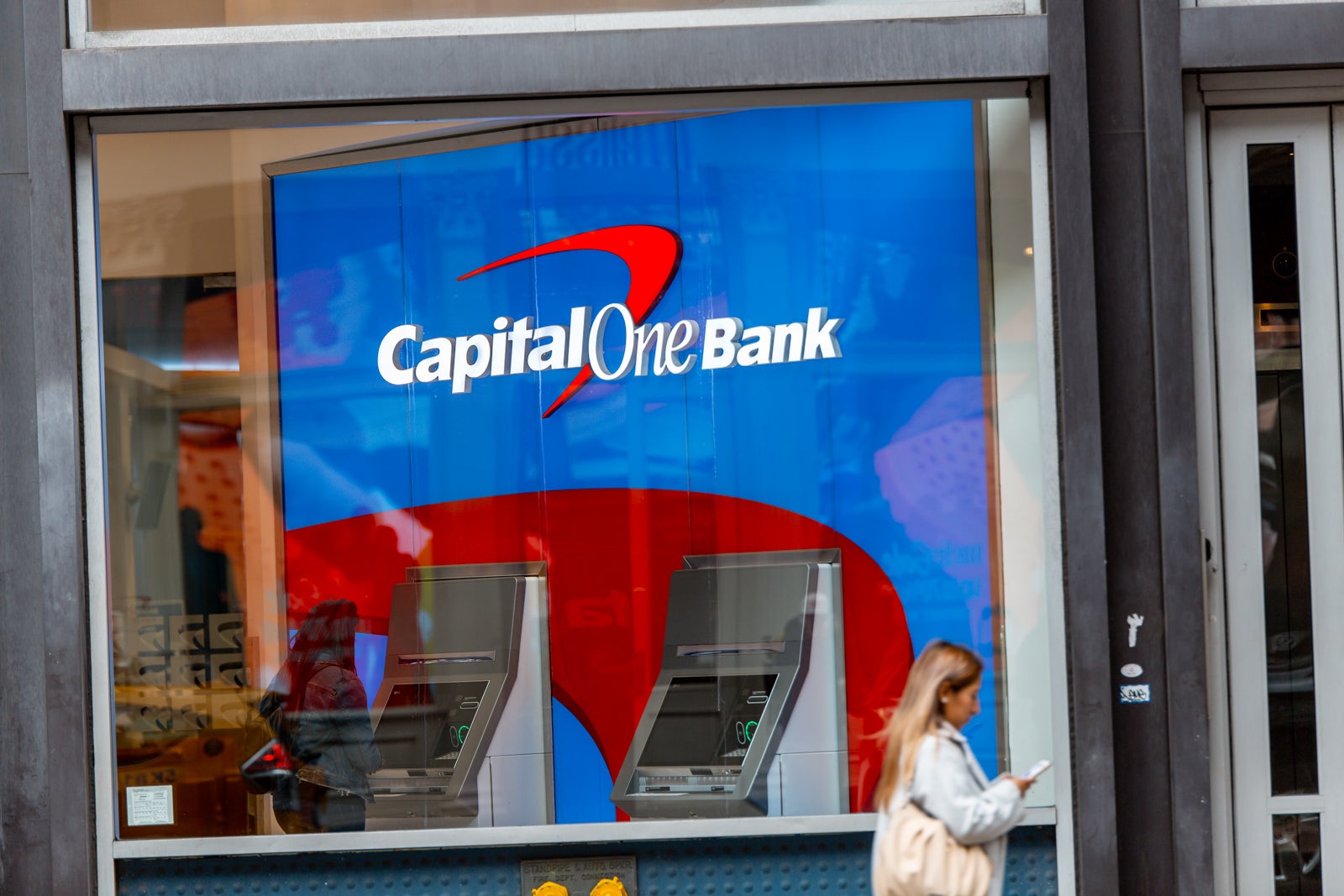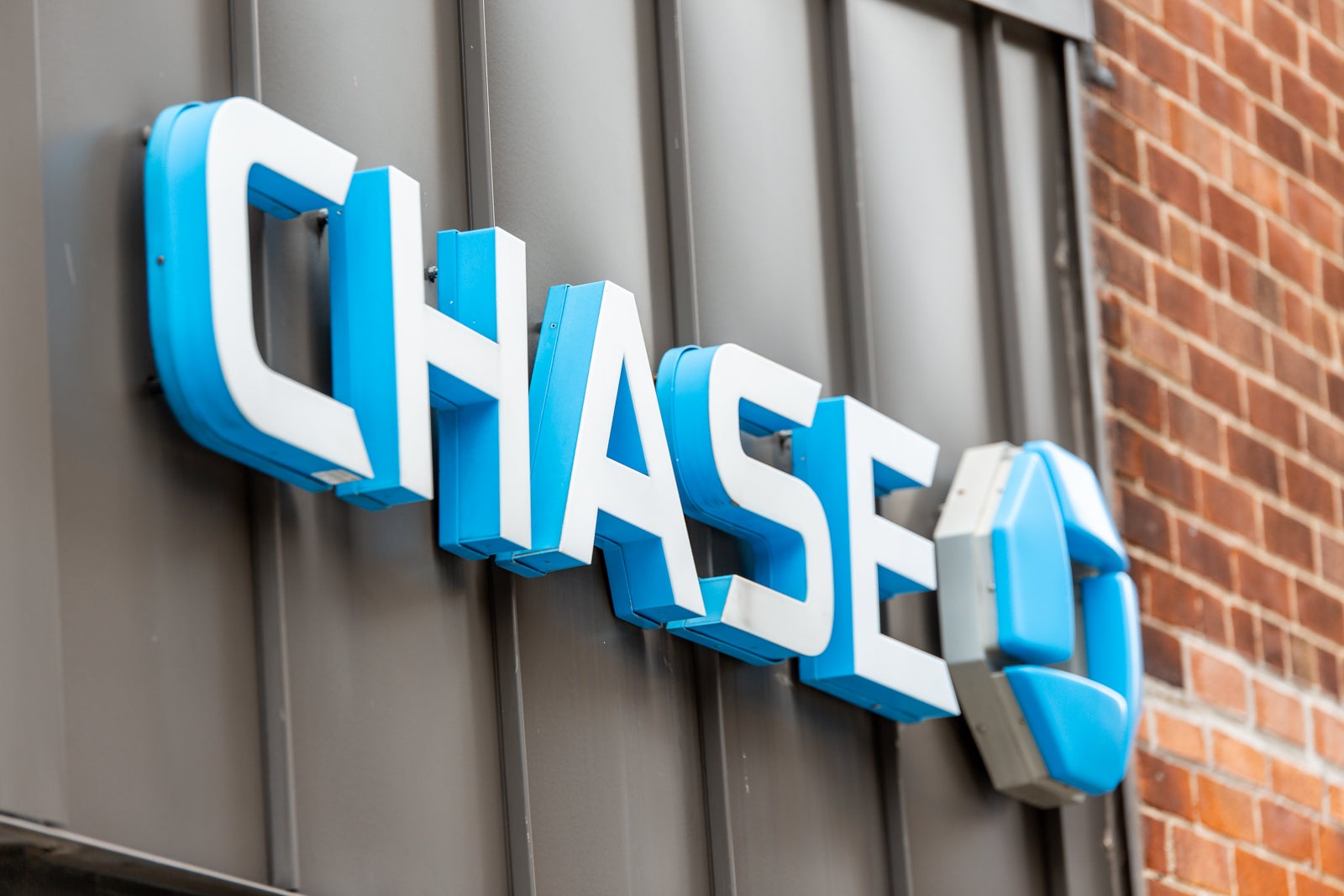Editor’s note: This is a recurring post, regularly updated with new information.
If you’re relatively new to the points and miles world, you might be a bit gun-shy when applying for new credit cards. Most of my friends and family members find it hard to believe that I currently have more than 15 active travel credit cards in my wallet and pay over $1,000 per year in annual fees.
Every week, I hear something like, “Aren’t you afraid that you’ll wreck your credit score?” While it’s true that card applications will temporarily lower your score due to the new hard inquiries on your profile, many other factors go into calculating the credit score.
Still, you want to ensure that any applications you submit have a high probability of being approved. After all, if an application is denied, you’re taking a hard inquiry on your credit report (and the resulting temporary drop in your score) without any upside.
Many top issuers have added additional restrictions over years that make it harder to get approved for a new card and/or earn a welcome offer, so it’s important to know which bank has what rules before you apply.
While you can never guarantee that your application will be approved, you want to avoid wasting an application when you have no chance at success.
Methodology
In this guide, I’ll take you through the restrictions for all of the major issuers on the market today: American Express, Bank of America, Barclays, Capital One, Chase, Citi and Wells Fargo.
For this analysis, I’ll look at three main factors to consider for each issuer as you plan your application strategy:
- Number of cards.
- Number and timing of applications.
- Welcome bonuses.
One disclaimer before diving in: most of these restrictions aren’t considered hard-and-fast rules applicable to every scenario. I’ve heard stories of exceptions to just about every one.
You could completely ignore a restriction and still get approved and earn a welcome bonus, or you could follow every recommendation perfectly yet still get denied for a card. As the saying goes, YMMV (your mileage may vary).
American Express

Number of cards
One of the first steps banks take during an economic downturn is to tighten their lending and approval standards to minimize risk. Since the pandemic inflicted heavy damage to nearly every square inch of the U.S. economy, Amex took a decisive step in this direction by implementing a four-credit-card limit for each individual. However, they’ve since upped this to five cards.
In the past, I’ve read isolated reports of readers carrying more than five American Express credit cards at any one time.
We strongly discourage everyone from ever carrying a balance — it actually tops TPG’s 10 commandments for travel rewards credit cards. Carrying a balance and accruing interest will more than negate any points or miles you earn on the card and negatively affect your credit score.
Number and timing of applications
When it comes to American Express’ rules for how many applications you can have and how frequently you can submit them, again, there aren’t any published, hard-and-fast requirements. However, I did find several data points that may help you decide how to apply:
- You can apply for two cards in a single day. However, many reports indicate that at least one application will likely be put on hold as a fraud prevention mechanism, especially if you’re applying for two cards. In addition, there’s no guarantee that those applications will be combined into a single hard inquiry on your credit report, although it does happen.
- You may be able to get approved for more than two cards in a 90-day period. However, most of these reports combined credit and pay-in-full cards without spending limits (formerly known as charge cards). As a result, the general rule of thumb is that you shouldn’t apply for three or more Amex credit cards within three months.
Welcome offers
Amex restricts cardmembers from earning a welcome offer more than once per lifetime — no matter how long it’s been since you applied. For example, here’s the specific language from the offer terms page for The Platinum Card® from American Express:
“Welcome offer not available to applicants who have or have had this card or previous versions of The Platinum Card®. We may also consider the number of American Express cards you have opened and closed as well as other factors in making a decision on your welcome offer eligibility.”
That sentence is crystal clear: if you currently have (or have had) this particular card, you are not eligible to earn the welcome offer (currently 80,000 Membership Rewards Points after you spend $6,000 on purchases within the first six months of card membership.).
There’s similar language on the application pages across Amex’s entire portfolio of cards, both business and personal. It even extends to previous versions of cards in certain instances, such as the Hilton Honors American Express Surpass® Card:
“You may not be eligible to receive a welcome offer if you have or have had this Card or previous versions of this Card or the Hilton Honors Amex Ascend Card.”
You lose eligibility for future Amex welcome offers by carrying a credit card, not by earning the bonus on it. This is why you should always think twice about upgrading or downgrading an Amex card, especially if there’s no bonus attached.
Note: Personal and business versions of the same card are treated as separate, so you should be eligible to earn the welcome offer on each one once during your life.
Check your eligibility
American Express has a site tool that allows you to double-check your eligibility for a welcome offer. This check takes place during the application process. Before officially applying for a card, Amex allows you to withdraw the application if you’re not eligible for the bonus — before Amex performs a hard inquiry on your credit report. This eligibility tool also invokes the second phrase of legalese that’s been added to most Amex credit card applications:
“American Express may also consider the number of American Express Cards you have opened and closed as well as other factors in making a decision on your welcome offer eligibility.”
In other words, even if you’ve never held a specific Amex credit card, the issuer’s proprietary anti-fraud algorithm might determine that you’re not eligible to earn a bonus. We don’t know exactly what behaviors this system flags, but things like closing a credit card as soon as you earn the welcome offer (or even closing it exactly one year after you opened it) don’t look good.
Given these restrictions, you’ll want to time your applications very well to ensure you get the highest possible welcome offer. Don’t forget to check the CardMatch tool to identify if you qualify for possible improved offers higher than the publicly advertised bonus (offers subject to change at any time).
There is one notable exception to this rule, however. Amex will occasionally target cardholders for a product they’ve already had, allowing them to earn another welcome offer. Just read the fine print of these targeted offers to see if there’s “lifetime language” in the terms.
Related: Choosing the best American Express credit card for you
Bank of America

Number of cards
Bank of America doesn’t have hard-and-fast rules regarding how many total cards you can have.
Given that it was previously possible to get approved for multiples of the same card in a very short time period (which has since changed, as we’ll discuss), there are plenty of customers with Bank of America cards numbering into the double digits.
Number and timing of applications
Bank of America used to be one of the most flexible issuers when it came to approving applications. This began to change in 2017 and has since become known as the 2/3/4 rule:
- You can only get approved for 2 new cards in a 30-day period.
- You can only get approved for 3 new cards in a 12-month period.
- You can only get approved for 4 new cards in a 24-month period.
As a result, you could get approved for the Alaska Airlines Visa® credit card and the Bank of America® Premium Rewards® credit card if you apply for both on the same day or within the same month. But if you then apply for another Bank of America card within two months of these applications, you’ll likely be denied. Data points indicate that this does not extend to business credit cards issued by the bank.
Bank of America’s 2/3/4 rule has been formally communicated by the issuer’s customer service reps to applicants, though it’s worth noting that it is not posted online. It also only applies to cards issued by Bank of America (they don’t consider cards opened from other issuers). That said, the bank may still consider the total number of cards and hard inquiries you’ve had when it runs your credit, so you may get denied even if you fall below these thresholds.
Anecdotally, we’ve seen data points of further restrictions. Customers with a Bank of America deposit account may not be approved for new cards if they’ve opened seven cards (across all issuers) in the last 12 months, while customers without a deposit account will be rejected if they’ve opened three or more cards in the last 12 months.
Last but not least, Bank of America restricts cardholders from opening a card if they currently carry it or have opened it in a 24-month time period. Here’s the language found on the terms of the Alaska Airlines card:
“This card may not be available to you if you currently have or have had the card in the preceding 24 month period. This does not apply to the business credit card product.”
Related: The best Bank of America credit cards
Welcome bonuses
Once you make it through these restrictions and get approved, the bank has no published language restricting your sign-up bonuses.
You can earn a sign-up bonus on the same card multiple times, as long as your applications are timed given the above rules and you’re approved for the card.
Barclays

Number of cards
Barclays typically doesn’t limit the number of cards you have open with them at any one time. The bank will, however, consider your overall credit profile before approving you, as noted by the following language on most of its card application pages:
“If at the time of your application you do not meet the credit or income criteria previously established for this offer, or the income you report is insufficient based on your current obligations, we will not be able to open an account for you.”
Given this information, it seems that a large number of cards, a high number of hard inquiries or large balances may still impact your chances of successfully opening a new card.
Number and timing of applications
Barclays isn’t known to have any specific rules or policies like 5/24 when applying for new cards. However, there are a few general rules of thumb to follow if you’re looking to apply for multiple cards issued by the bank in a short period of time:
- You likely won’t get approved for multiple applications on the same day, even if you call reconsideration.
- You need to cancel an existing card and then wait for a period of time before re-applying for that card (the recommendation is six months).
- Barclays has been known to look at prior spending on existing cards to determine approval for a new card. If you’re looking at a new one and currently have a card or two with the issuer and haven’t spent much (or anything), take it out of your desk drawer and use it for a few months before applying.
Again, these aren’t concrete rules but general guidelines to follow.
Welcome bonuses
When it comes to bonuses, Barclays typically hasn’t prevented you from earning the sign-up bonus on a card multiple times, as long as you close the card first and then wait to apply (generally six months). However, the issuer does have a couple of notable items in the terms and conditions of popular cards, such as the JetBlue Plus Card:
“You may not be eligible for this offer if you currently have or previously had an account with us in this program. In addition, you may not be eligible for this offer if, at any time during our relationship with you, we have cause, as determined by us in our sole discretion, to suspect that the account is being obtained or will be used for abusive or gaming activity (such as, but not limited to, obtaining or using the account to maximize rewards earned in a manner that is not consistent with typical consumer activity and/or multiple credit card account applications/openings).”
The vague wording here means, in a worst-case scenario, you could be approved for a new card as a previous cardholder, meet the minimum spending threshold and still miss out on a sign-up bonus if Barclays decides you’re ineligible for any of the above reasons.
While you may have a legitimate reason for getting a second iteration of a card (e.g., a new job with extensive travel on JetBlue), just be aware that a sign-up bonus may not be part of the package.
The information for the JetBlue Plus card and has been collected independently by The Points Guy. The card details on this page have not been reviewed or provided by the card issuer.
Capital One

Number of cards
Unlike most others on this list, Capital One restricts the number of personal cards you have in your wallet to two.
As a result, if you have the Capital One SavorOne Cash Rewards Credit Card and the Capital One Quicksilver Cash Rewards Credit Card, you won’t be able to open the Capital One Venture Rewards Credit Card to take advantage of that card’s Global Entry/TSA PreCheck fee credit (up to $100).
Note that this typically only applies to personal cards managed by Capital One — cobranded and small-business cards (such as the Capital One Spark Miles for Business) are generally excluded.
Number and timing of applications
Capital One also has a hard-and-fast rule when timing your applications. You’re only able to get approved for one card every six months. This lumps personal and small-business cards together.
While this is the most stringent rule of the issuers on this list, the two-card limit noted above means that you aren’t truly missing out on much by being forced to wait at least six months between applications. Capital One is also incredibly sensitive to recent inquiries. Many people (myself included) have received multiple rejection letters for the Capital One Venture Rewards Card despite a nearly perfect credit score.
Welcome bonuses
The issuer has been known to award sign-up bonuses multiple times on the same card if you follow the above rules and are approved. However, like Barclays, I see some language on the website for most Capital One cards that gives the issuer the right not to award the bonus. Here’s the specific verbiage from the Capital One Venture card application page:
“The bonus may not be available for existing or previous accountholders.”
Once again, the vague term “may not be available” implies that you might be rolling the dice on applying for a new card and earning a bonus if you’re a current or past cardholder.
Related: The best Capital One credit cards
Chase

Number of cards
From what we can tell, Chase doesn’t formally limit the number of credit cards you can have. I currently have seven Chase-issued cards:
- Chase Freedom Unlimited.
- Chase Freedom Flex.
- Chase Sapphire Reserve.
- Ink Business Cash Credit Card.
- United Explorer Card.
- World of Hyatt Credit Card.
- IHG Rewards Club Select Credit Card (no longer available since the launch of the IHG Rewards Premier Credit Card).
The information for the IHG Rewards Club Select card has been collected independently by The Points Guy. The card details on this page have not been reviewed or provided by the card issuer.
Other TPG staffers have even more cards. As a result, it’s relatively safe to assume that Chase doesn’t put a hard ceiling on the number of cards you can have.
However, the issuer often restricts how much total credit is extended to you across all your Chase cards. For example, let’s say you have four Chase credit cards with $25,000 credit lines on each, and Chase has determined that you should only have a total spending limit of $100,000. It’s doubtful that you’ll be immediately approved for another credit card. This isn’t because it’s your fifth card — it’s simply a function of Chase deciding that you should only have a combined credit line of $100,000 across all your accounts.
Fortunately, all hope is not lost if this happens. You can call Chase’s reconsideration line within a few days of your application and ask to shift around credit lines to get approval. You’ll then have five credit cards with the same $100,000 total credit. I had to do this a few times when I first built my credit history with Chase, although I haven’t had to on my last two applications.
Number and timing of applications
There isn’t a formal, consistent policy that limits the number or timing of your applications with Chase. The general rule of thumb is to limit applications to no more than one personal and one business card within 90 days. Still, I’ve also read reports of applicants being approved for two personal cards in a month.
It’s also worth pausing to talk about risk tolerance here. Chase (and Amex) have been known to unilaterally close all accounts of users they deem high-risk or potentially fraudulent. Unfortunately, on paper, award travel enthusiasts who apply for multiple cards in a year can be mistaken for risky customers.
You might want to consider taking things slower and not rushing through your applications with Chase, even if there’s a chance you can get approved for more cards in a shorter period. One common thread I’ve heard among Chase shutdown stories was a barrage of recent credit inquiries (with Chase and other issuers) in the months leading up to the shutdown.
Chase 5/24 rule
Chase’s one hard-and-fast application rule is commonly known as the 5/24 rule. If you’ve opened five or more credit cards with any issuer over the previous 24 months, you will likely be denied for most Chase-issued credit cards with little to no chance of reconsideration.
A few notes about this policy:
- Chase will look at all accounts across all issuers (not just their own).
- You may get approved if you’re just an authorized user. While success isn’t guaranteed, you may be able to get around the 5/24 rule if you’re just an authorized user on any of your “new” accounts from the previous two years. A few years back, TPG’s Nick Ewen was immediately getting denied for a United Explorer Card. However, he successfully got a phone agent to reconsider his application because the fifth new account on his credit report at that time was actually his wife’s. Depending on your personal circumstances, you might want to consider removing yourself as an authorized user and waiting 30-60 days to apply, so there’s less chance of the system automatically rejecting you.
- Business cards generally don’t count. Even though you list your Social Security number when you apply for business cards, the accounts themselves sit on a separate business credit report and, as such, usually do not count against your 5/24 status.
Related: Want to open a new Chase card? Here’s how to calculate your 5/24 standing
Welcome bonuses

Chase also imposes restrictions on earning welcome bonuses, though these aren’t as strict as American Express’. In general, you won’t be able to earn a bonus on a Chase card if you currently hold that card in your wallet or if you earned a sign-up bonus on that exact card in the last 24 to 48 months.
Here’s the specific language on most Chase cards’ application pages (this was copied from the Chase Freedom Unlimited‘s page):
“This product is available to you if you do not have this card and have not received a new cardmember bonus for this card in the past 24 months.”
In other words, you must cancel or downgrade a card before reapplying for it, but you don’t need to wait two years to apply after canceling. The 24-month waiting period starts when you receive the bonus, not when you cancel the card.
It’s also worth noting that some slight variations to this policy apply to specific cards:
- Sapphire cards: This policy lumps both the Chase Sapphire Preferred Card and the Chase Sapphire Reserve together. You can’t get the bonus on one if you currently have the other. Additionally, the waiting period is 48 months.
- Southwest cards: You cannot earn a Southwest personal card bonus if you’ve earned one in the past 24 months. This applies to the Southwest Rapid Rewards® Priority Credit Card, the Southwest Rapid Rewards® Plus Credit Card and the Southwest Rapid Rewards Premier® Credit Card.
- Eligibility for all Marriott Bonvoy cards: Chase and American Express have teamed up to make it harder to be approved for Marriott credit cards. This means that not only are the Marriott Bonvoy Boundless Credit Card and the Marriott Bonvoy Bold Credit Card restricted by the 5/24 rule, but whether you have or have had any of the Amex Bonvoy cards also factors in. For more information on Marriott Bonvoy credit card eligibility, see this guide.
Related: The best Chase credit cards
Citi

Number of cards
Citi typically doesn’t limit your overall number of credit cards. They use an approach of limiting your overall credit across all Citi cards. Once you’ve reached that tipping point, you’ll likely be given the “application pending” notice when you apply for a new card.
A quick call to Citi’s reconsideration line should help you get approved by moving some credit from another card to the new one.
That said, one of my colleagues was immediately denied a Citi card because he had reached the “maximum number of Citi credit cards.” It’s unclear if that was based on the number of Citi cards he had open at the time of his application (seven) or if it was based on the number of cards he had opened with the issuer across his entire lifetime.
Citi is also known to be incredibly sensitive to recent inquiries, so after you’ve used up your 5/24 slots with Chase, you might consider applying for Citi cards before your credit report gets too cluttered.
Number and timing of applications
Citi has precise rules for how frequently you can apply for credit cards. There are slightly different rules for personal and business cards:
- You can only apply for one card (personal or business) every eight days and no more than two cards in a 65-day window.
- You can only apply for one business card every 90 days.
Yes, there are exceptions. Follow these guidelines for the best results, though.
Citi 48-month rule
Unfortunately, Citi is stricter with its credit cards than other issuers. On most of its ThankYou points-earning and cobranded cards, you’ll have to wait 48 months to earn the welcome bonus again. For example, here’s the language found on the Citi Premier® Card:
“Bonus ThankYou® Points are not available if you have received a new account bonus for a Citi Premier account in the past 48 months.”
So if you opened a Citi Premier card in June 2021 and earned the sign-up bonus, then canceled the card in June 2022, you’ll have to wait until June 2025 to apply and earn the bonus again.
Related: The best Citi credit cards
Wells Fargo

Number of cards
Wells Fargo generally doesn’t limit the number of cards you can have, but the normal recommendations apply regarding your overall credit profile. They reserve the right, however, per the credit card application pages:
“We may also limit the total number of open Wells Fargo credit card accounts you have.”
Number and timing of applications
We don’t have much data about the number of applications you can have with the bank. However, you can find this statement on the terms and conditions page for most Wells Fargo-issued cards that’s worth repeating here:
“You may not qualify for an additional Wells Fargo credit card if you have opened a Wells Fargo credit card in the last six months.”
Once again, we run into that vague “may not” language, indicating that you could be denied a new Wells Fargo card if you have one with the bank less than six months old.
Bottom line
Travel credit cards are a great way to quickly add points and miles to your various loyalty account balances. Many carry a wealth of valuable perks in addition to an initial bonus.
Unfortunately, if you misunderstand the nuances of each issuer’s application restrictions, you could be left with a hard inquiry, a missed welcome bonus, or, even worse, a hard inquiry with a flat-out denial.
While the policies above are a mix of “rules” and “guidelines,” I’d strongly encourage you to pay close attention to them as you plan out your next set of applications.
Additional reporting by Ryan Wilcox, Stella Shon, Joseph Hostetler and Chris Dong.




